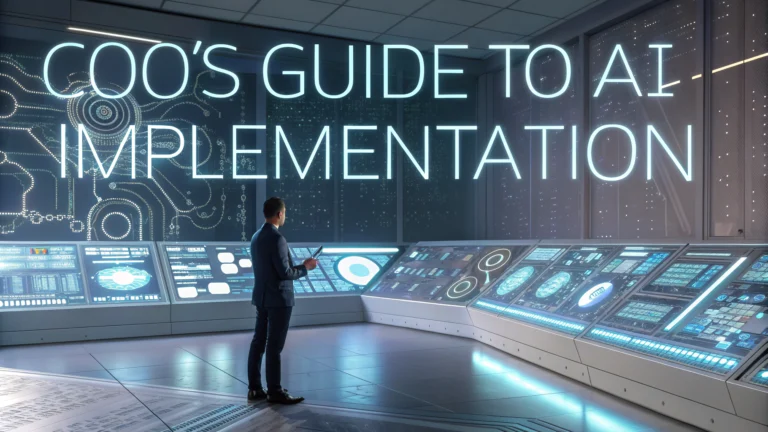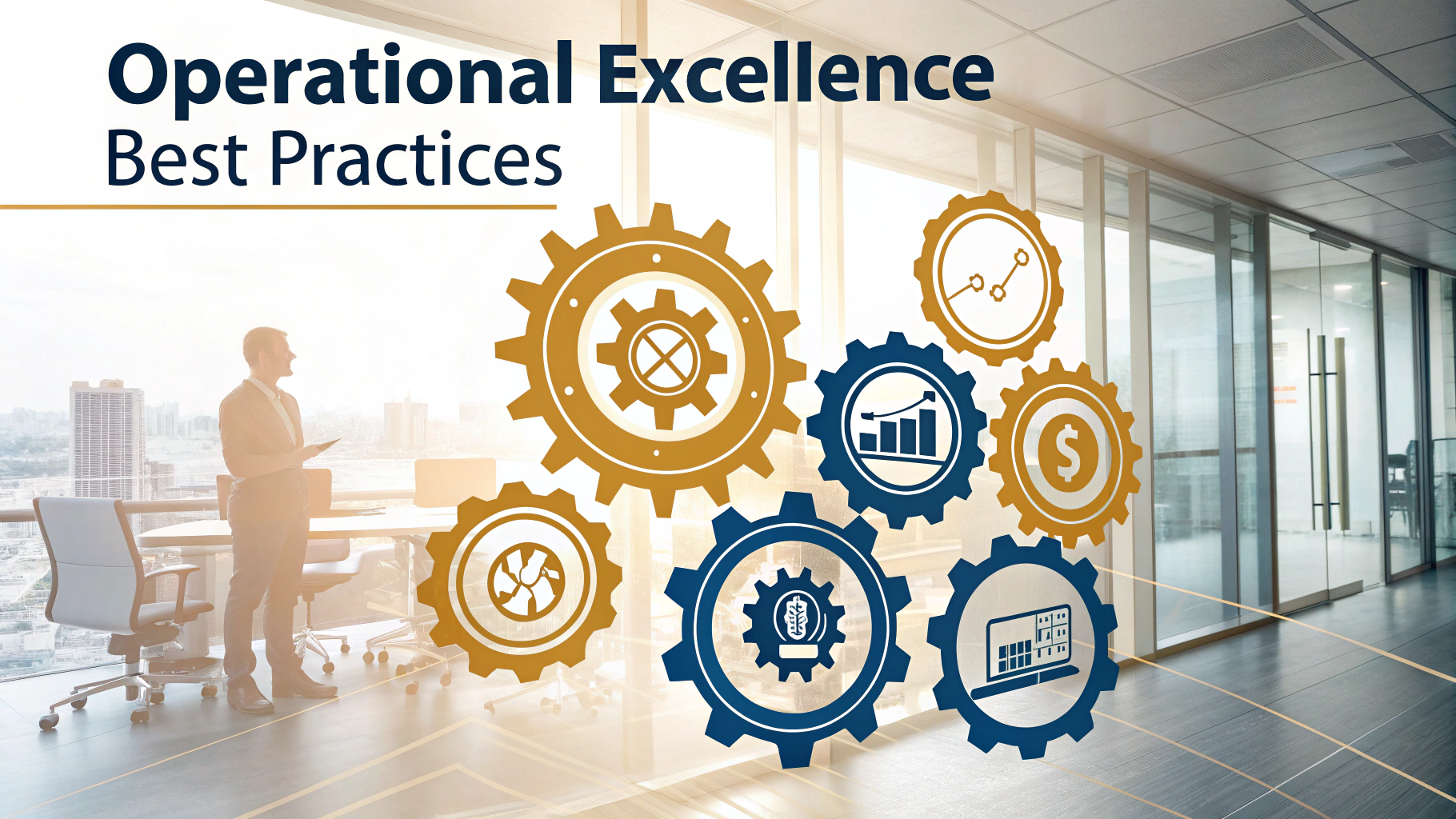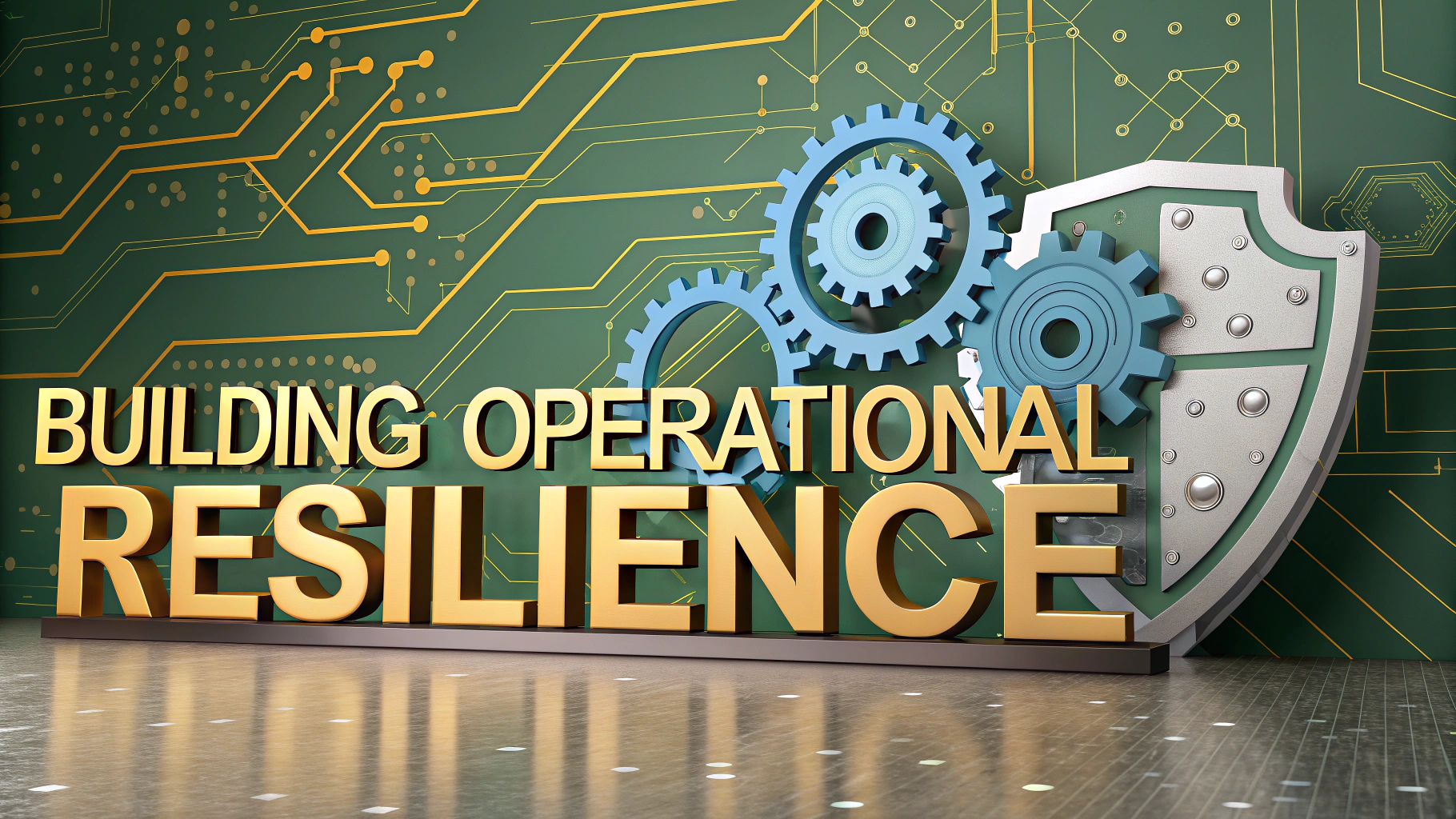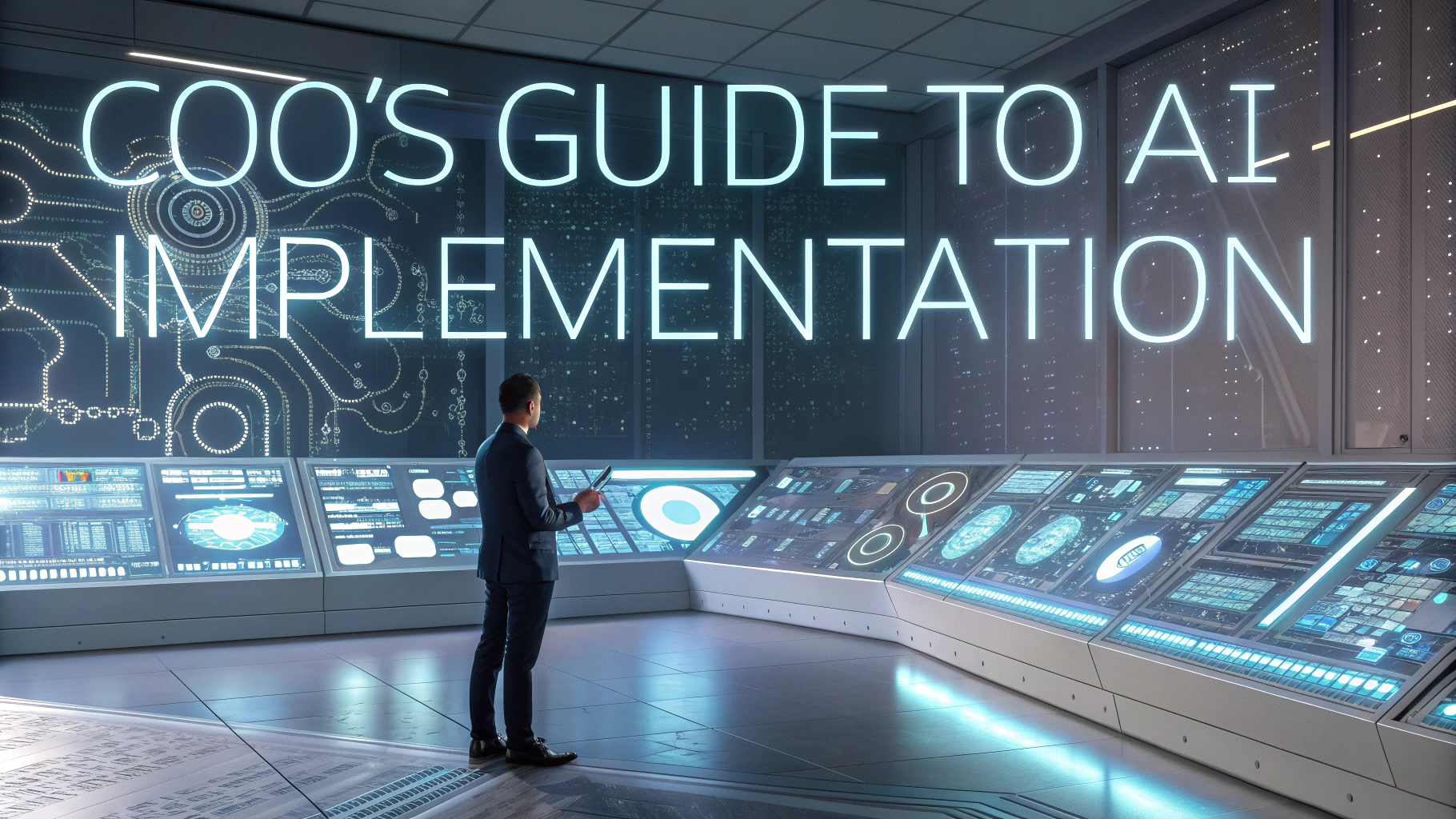AI implementation represents a transformative opportunity for organizations to enhance efficiency, reduce costs, and gain competitive advantages.
As Chief Operating Officer, your role in steering successful AI adoption requires balancing technological capabilities with operational realities and organizational readiness.
This guide outlines practical steps, challenges, and strategies for COOs to lead effective AI implementation programs.
Initial Assessment and Planning
Start with a thorough assessment of your organization’s current operational maturity and AI readiness.
- Document existing processes and workflows
- Identify operational pain points and inefficiencies
- Evaluate data infrastructure and quality
- Assess team capabilities and skills gaps
Prioritizing AI Projects
Select initial AI projects based on potential ROI and implementation complexity.
| Priority Level | Characteristics |
|---|---|
| High | Clear ROI, existing data, minimal disruption |
| Medium | Moderate complexity, medium-term value |
| Low | Complex integration, uncertain returns |
Building the Right Team
Establish a cross-functional AI implementation team with diverse expertise.
- Data Scientists and AI Engineers
- Process Experts and Business Analysts
- Change Management Specialists
- IT Infrastructure Teams
Technical Infrastructure Requirements
Ensure your organization has the necessary technical foundation for AI deployment.
- Cloud computing resources
- Data storage and processing capabilities
- Security and compliance frameworks
- Integration tools and APIs
Change Management Strategy
Develop a comprehensive change management plan to ensure successful adoption.
- Regular stakeholder communications
- Training programs for affected staff
- Clear implementation timelines
- Success metrics and monitoring systems
Risk Management and Compliance
Address potential risks and compliance requirements early in the implementation process.
- Data privacy and security measures
- Ethical AI guidelines
- Regulatory compliance checks
- Contingency plans
Implementation Timeline
Create a phased implementation approach to manage complexity and risk.
- Pilot Phase (3-6 months)
- Small-scale testing
- Process refinement
- Initial feedback collection
- Expansion Phase (6-12 months)
- Broader deployment
- System integration
- Training scaling
- Full Implementation (12+ months)
- Organization-wide rollout
- Continuous improvement
- Performance monitoring
Measuring Success and ROI
Establish clear metrics to track implementation success and return on investment.
- Operational efficiency improvements
- Cost savings and revenue impact
- Employee productivity metrics
- Customer satisfaction scores
Next Steps for Success
Begin with a pilot project that addresses a specific operational challenge while building internal capabilities and confidence in AI implementation.
Contact organizations like the AI Implementation Consortium (www.aiic.org) or the Operations Technology Association (www.ota.org) for additional guidance and resources.
Ongoing Optimization
Continuously monitor and refine AI systems to maximize long-term value.
- Regular performance audits
- System updates and maintenance
- User feedback incorporation
- Process optimization
Scaling AI Capabilities
Internal Development
- Build internal AI expertise
- Develop custom solutions
- Create knowledge sharing systems
- Establish centers of excellence
External Partnerships
- Vendor relationships
- Academic collaborations
- Industry consortiums
- Technology advisors
Future-Proofing AI Investments
Prepare your organization for evolving AI technologies and capabilities.
- Technology roadmap development
- Flexible architecture design
- Innovation pipeline management
- Talent development programs
Driving AI-Enabled Transformation
Success in AI implementation requires strategic vision, operational excellence, and sustained commitment from leadership. Focus on building a strong foundation through careful planning, robust infrastructure, and comprehensive change management. Maintain flexibility to adapt to new technologies while ensuring alignment with business objectives.
Remember that AI implementation is a journey rather than a destination. Regular assessment, continuous learning, and adaptation to changing business needs will ensure long-term success in your AI transformation efforts.
FAQs
- What are the key responsibilities of a COO in AI implementation?
A COO oversees the operational strategy for AI integration, ensures alignment with business objectives, manages resource allocation, coordinates cross-functional teams, and establishes governance frameworks for AI deployment. - How should a COO assess AI readiness within the organization?
Assessment involves evaluating existing technology infrastructure, data quality and availability, staff capabilities, organizational culture, and potential impact on current business processes. - What are the essential steps in creating an AI implementation roadmap?
The roadmap should include identifying use cases, prioritizing projects based on business value, establishing timelines, allocating resources, defining success metrics, and planning for scalability. - How can COOs address data privacy and security concerns in AI implementation?
COOs must establish robust data governance policies, ensure compliance with regulations like GDPR and CCPA, implement security protocols, and maintain transparency in data handling practices. - What are the key considerations for AI vendor selection?
Consider vendor expertise, solution scalability, integration capabilities, support services, pricing models, data security measures, and track record of successful implementations. - How should COOs manage change resistance during AI implementation?
Develop comprehensive change management strategies, provide clear communication about AI benefits, invest in training programs, involve employees in the process, and showcase early wins. - What metrics should COOs track to measure AI implementation success?
Key metrics include ROI, operational efficiency improvements, cost savings, error reduction rates, customer satisfaction scores, employee adoption rates, and time-to-value measurements. - How can COOs ensure ethical AI implementation?
Establish ethical guidelines, implement bias detection mechanisms, ensure algorithmic transparency, create accountability frameworks, and regularly audit AI systems for fairness and compliance. - What role should COOs play in AI talent acquisition and development?
COOs should identify skill gaps, develop hiring strategies for AI specialists, create training programs for existing staff, and establish partnerships with educational institutions or technology providers. - How can COOs effectively budget for AI implementation?
Consider infrastructure costs, licensing fees, training expenses, maintenance costs, potential ROI, and maintain flexibility for scaling while establishing clear budget allocation priorities.







